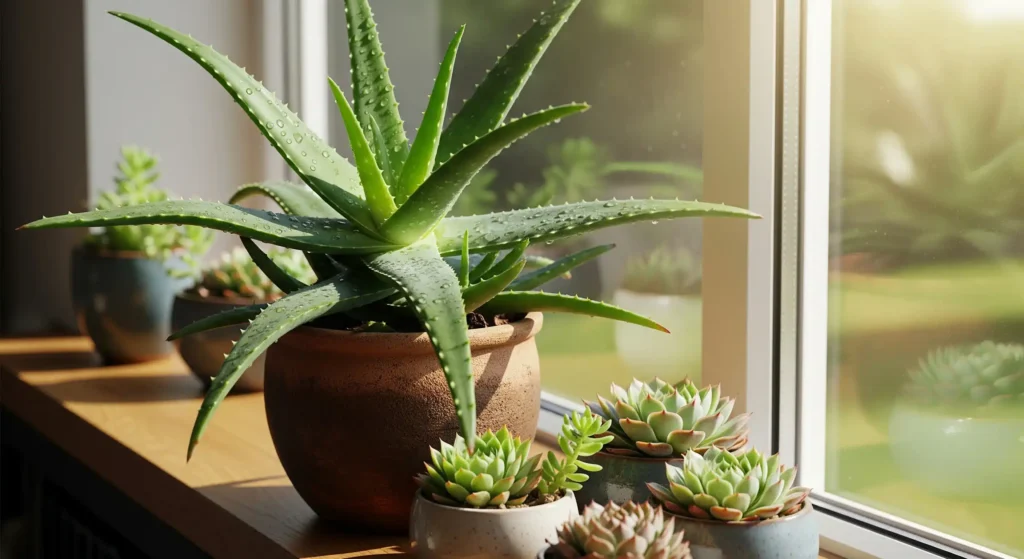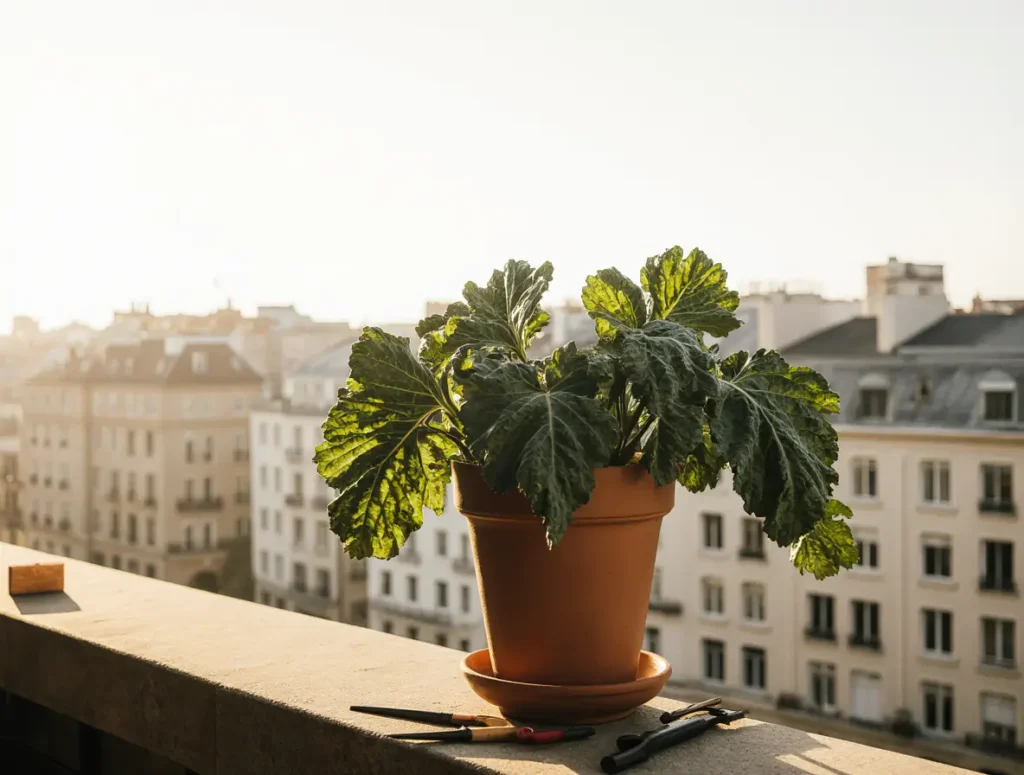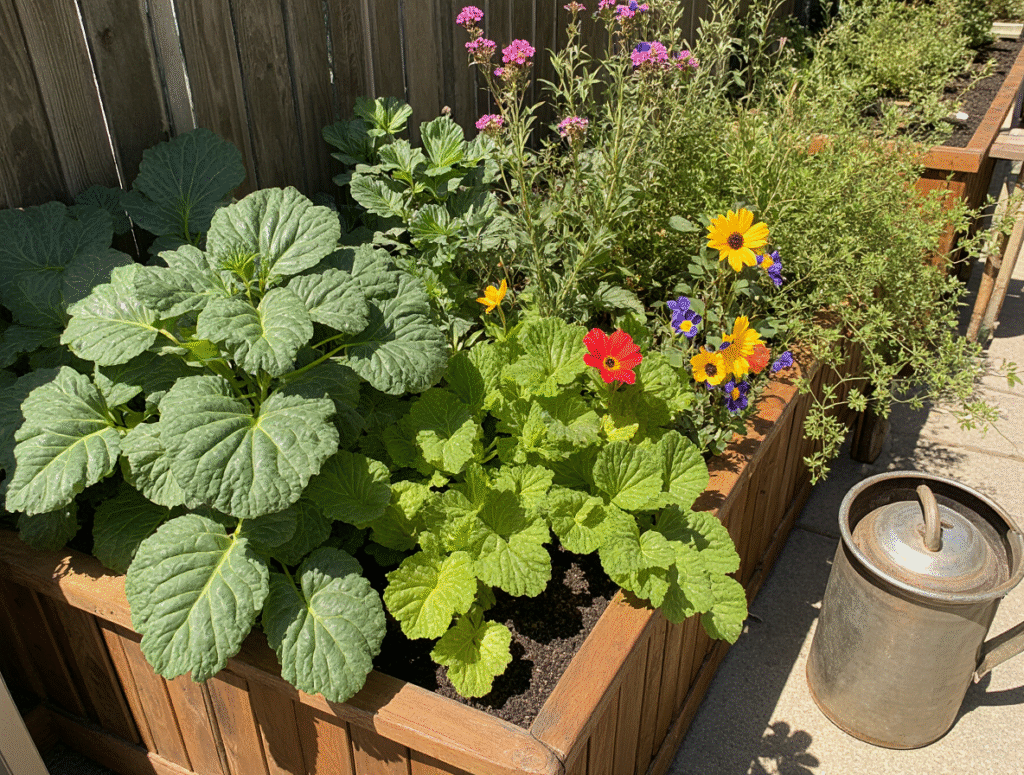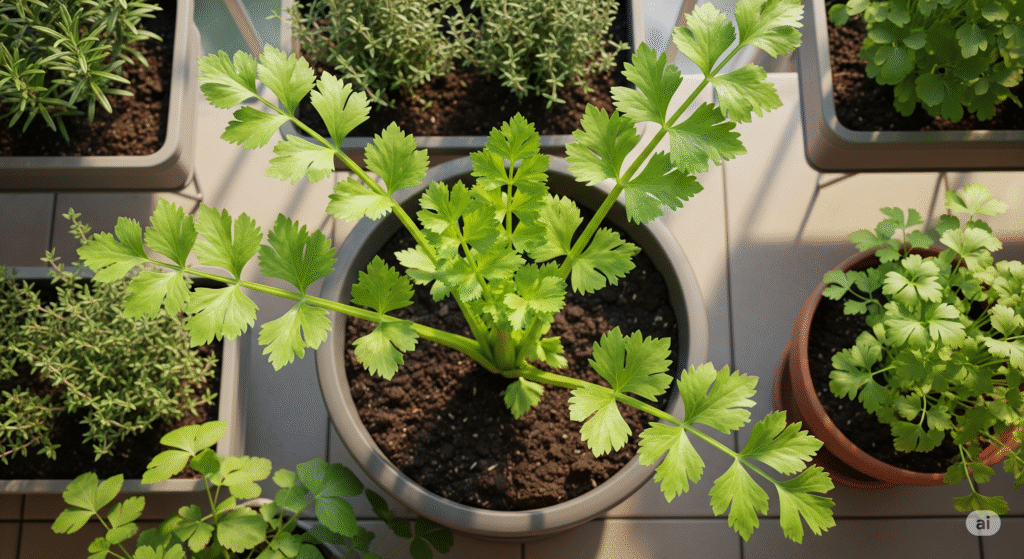
Pepper Heat Levels: Understanding and Growing Spicy Peppers
If you’ve ever bitten into a pepper and felt your mouth ignite with fiery heat, you’ve experienced the magic (and sometimes pain) of pepper heat levels. Whether you’re a seasoned chili enthusiast or a curious gardener looking to grow your own spicy peppers, understanding pepper heat levels is essential. This guide will walk you through everything you need to know about the Scoville scale, the science behind pepper heat levels, and how to grow your own hot peppers at home.
What Are Pepper Heat Levels?
Pepper heat levels refer to the intensity of spiciness in peppers, measured in Scoville Heat Units (SHU). This measurement helps you determine how hot a pepper is before you take a bite. From mild poblanos to the scorching Carolina Reaper, pepper heat levels vary widely, and knowing where your favorite peppers fall on the scale can help you choose the right ones for your dishes or garden.
The Scoville Scale: Measuring Pepper Heat
The Scoville scale is the gold standard for measuring pepper heat levels. Developed by Wilbur L. Scoville in 1912, this scale quantifies the spiciness of peppers based on their concentration of capsaicin, the compound responsible for the heat.
How Does the Scoville Scale Work?
The original Scoville test involved diluting pepper extract until the heat was no longer detectable by human tasters. The level of dilution required determined the pepper’s Scoville Heat Units (SHU). For example, a pepper rated at 5,000 SHU means its extract had to be diluted 5,000 times before the heat disappeared.
While the original method relied on human taste buds, modern techniques use high-performance liquid chromatography (HPLC) to measure capsaicin levels more accurately.
Scoville Heat Unit Ranges
Here’s a breakdown of the Scoville scale ranges and what they mean:
- Mild (100 to 2,500 SHU): Peppers like poblanos and banana peppers fall into this category. They add a subtle warmth to dishes without overwhelming your palate.
- Medium (2,500 to 30,000 SHU): Jalapeños and serranos are popular medium-heat peppers, perfect for adding a noticeable kick to salsas and sauces.
- Hot (30,000 to 100,000 SHU): Cayenne and tabasco peppers bring serious heat, ideal for those who love a spicy challenge.
- Extra Hot (100,000 to 300,000 SHU): Habaneros and Scotch bonnets are in this range, delivering intense heat that’s not for the faint of heart.
- Extremely Hot (above 300,000 SHU): This is where the world’s hottest peppers, like the Carolina Reaper and Ghost Pepper, reside. These peppers are for thrill-seekers and heat enthusiasts only.
The Science Behind Pepper Heat
Ever wondered why some peppers are mild while others feel like they’re setting your mouth on fire? The answer lies in capsaicin, a chemical compound found in the membranes and seeds of peppers.
How Capsaicin Works
Capsaicin binds to receptors in your mouth and throat, sending signals to your brain that mimic the sensation of burning. Interestingly, capsaicin doesn’t actually cause physical damage—it just tricks your brain into thinking it’s experiencing heat.
Factors That Influence Pepper Heat
Several factors can affect a pepper’s heat level:
- Genetics: The pepper variety plays a significant role in determining its capsaicin content.
- Growing Conditions: Peppers grown in hot, dry climates tend to be spicier than those grown in cooler, wetter conditions.
- Ripeness: Peppers become hotter as they ripen. For example, a green jalapeño is milder than a red one.

The Hottest Peppers in the World
If you’re a fan of extreme heat, you’ll want to know about the world’s hottest peppers. These peppers are not for the casual chili eater—they’re for those who crave the ultimate spicy experience.
- Carolina Reaper (1,641,300 SHU)
Currently holding the Guinness World Record for the hottest pepper, the Carolina Reaper is a hybrid of the Ghost Pepper and a red habanero. Its intense heat is balanced by a slightly sweet flavor, making it a favorite among chiliheads.
- Ghost Pepper (1,000,000+ SHU)
Also known as Bhut Jolokia, the Ghost Pepper was once the hottest pepper in the world. Its fruity flavor and extreme heat make it a popular choice for hot sauces and spicy challenges.
- Habanero (100,000 to 300,000 SHU)
While not as hot as the Carolina Reaper or Ghost Pepper, the habanero is still incredibly spicy. Its bright, citrusy flavor makes it a versatile ingredient in many cuisines.
Growing Your Own Hot Peppers
Growing hot peppers at home is a rewarding experience that allows you to control the pepper heat levels and enjoy fresh, spicy peppers straight from your garden. Here’s how to get started:
Choosing the Right Pepper Varieties
Select peppers based on your desired heat level and growing conditions. For beginners, mild to medium peppers like jalapeños and poblanos are a great starting point. If you’re up for a challenge, try growing habaneros or even Carolina Reapers.
Tips for Growing Hot Peppers
- Sunlight: Peppers thrive in full sun, so choose a spot that gets at least 6-8 hours of direct sunlight daily.
- Soil: Use well-draining soil with a pH between 6.0 and 7.0.
- Watering: Keep the soil consistently moist but not waterlogged. Overwatering can dilute the pepper’s heat.
- Fertilizer: Use a balanced fertilizer to promote healthy growth and fruit production.
- Harvesting: Allow peppers to ripen fully on the vine for maximum heat.
Handling Hot Peppers Safely
When working with extremely hot peppers, always wear gloves to avoid skin irritation. Avoid touching your face, especially your eyes, as capsaicin can cause a burning sensation.
Popular Pepper Varieties by Heat Level
Here’s a quick guide to some of the most popular pepper varieties and their pepper heat levels:
Mild Peppers
- Poblano (1,000 to 2,000 SHU): Perfect for stuffing or roasting.
- Anaheim (500 to 2,500 SHU): Great for adding mild heat to salsas and sauces.
Medium Peppers
- Jalapeño (2,500 to 8,000 SHU): A versatile pepper for everything from nachos to pickling.
- Serrano (10,000 to 23,000 SHU): Slightly hotter than jalapeños, ideal for fresh salsas.
Hot Peppers
- Cayenne (30,000 to 50,000 SHU): Commonly used in powdered form to add heat to dishes.
- Tabasco (30,000 to 50,000 SHU): Famous for its use in hot sauce.
Extra Hot Peppers
- Habanero (100,000 to 350,000 SHU): Known for its fruity flavor and intense heat.
- Scotch Bonnet (100,000 to 350,000 SHU): A staple in Caribbean cuisine.
Extremely Hot Peppers
- Ghost Pepper (1,000,000+ SHU): Use sparingly in sauces and marinades.
- Carolina Reaper (1,641,300 SHU): Handle with extreme caution!

Final Thoughts
Understanding pepper heat levels is key to enjoying and growing spicy peppers. Whether you’re cooking with them or cultivating your own garden, knowing where your favorite peppers fall on the Scoville scale can help you make informed choices. From mild poblanos to the fiery Carolina Reaper, there’s a pepper for every palate and purpose.
So, why not start your spicy journey today? With the right knowledge and a bit of patience, you can grow and enjoy peppers that pack just the right amount of heat for your taste buds.
FAQ Section: Pepper Heat Levels
Here are some of the most frequently asked questions about pepper heat levels, along with clear and concise answers to help you better understand this spicy topic.
- What are pepper heat levels?
Pepper heat levels refer to the spiciness or pungency of peppers, measured in Scoville Heat Units (SHU). The heat is caused by a compound called capsaicin, which stimulates pain receptors in your mouth, creating the sensation of heat.
- How is pepper heat measured?
Pepper heat is measured using the Scoville scale, which quantifies the concentration of capsaicin in peppers. The higher the Scoville Heat Units (SHU), the hotter the pepper. For example, a jalapeño ranges from 2,500 to 8,000 SHU, while a Carolina Reaper can exceed 1.6 million SHU.
- What is the Scoville scale?
The Scoville scale is a system developed by Wilbur L. Scoville in 1912 to measure the heat of peppers. It originally relied on human tasters to determine how much a pepper extract needed to be diluted before the heat was no longer detectable. Today, more accurate methods like high-performance liquid chromatography (HPLC) are used.
- What is the hottest pepper in the world?
As of now, the Carolina Reaper holds the title of the world’s hottest pepper, with an average Scoville rating of 1,641,300 SHU. It’s a hybrid pepper bred for extreme heat and is not recommended for casual chili eaters.
- Are there mild peppers with low heat levels?
Yes, many peppers are mild and perfect for those who prefer less heat. Examples include:
- Poblano (1,000 to 2,000 SHU): Great for stuffing or roasting.
- Anaheim (500 to 2,500 SHU): Ideal for adding subtle warmth to dishes.
- What factors affect a pepper’s heat level?
Several factors influence how hot a pepper is:
- Genetics: The pepper variety determines its capsaicin content.
- Growing Conditions: Hot, dry climates tend to produce spicier peppers.
- Ripeness: Peppers become hotter as they ripen. For example, a red jalapeño is spicier than a green one.
- Can you reduce the heat of a pepper?
Yes, you can reduce the heat of a pepper by removing the seeds and membranes, where most of the capsaicin is concentrated. Cooking or pairing peppers with dairy products (like milk or yogurt) can also help neutralize the heat.
- What are some popular medium-heat peppers?
Medium-heat peppers are a great choice for adding a noticeable kick without overwhelming your palate. Popular options include:
- Jalapeño (2,500 to 8,000 SHU): Versatile and widely used in salsas and sauces.
- Serrano (10,000 to 23,000 SHU): Slightly hotter than jalapeños, perfect for fresh dishes.
- How do I handle extremely hot peppers safely?
When working with extremely hot peppers like the Carolina Reaper or Ghost Pepper, always wear gloves to avoid skin irritation. Avoid touching your face, especially your eyes, as capsaicin can cause a burning sensation.
- Can I grow hot peppers at home?
Absolutely! Growing hot peppers at home is a rewarding experience. Choose a sunny spot, use well-draining soil, and water consistently. Allow the peppers to ripen fully on the vine for maximum heat. Popular varieties to grow include jalapeños, habaneros, and even Carolina Reapers.
- What’s the difference between hot and sweet peppers?
Hot peppers contain capsaicin, which gives them their spiciness, while sweet peppers (like bell peppers) have little to no capsaicin, making them mild and sweet. Sweet peppers typically have a Scoville rating of 0 SHU.
- What’s the best way to store hot peppers?
To preserve their freshness and heat, store hot peppers in a cool, dry place. You can also freeze them, dry them, or pickle them for long-term storage.
- Can I use hot peppers in desserts?
Yes, hot peppers can add a unique, spicy twist to desserts. For example, chocolate and chili pair surprisingly well, and spicy pepper-infused syrups can elevate cocktails and sweets.
You Might Like




